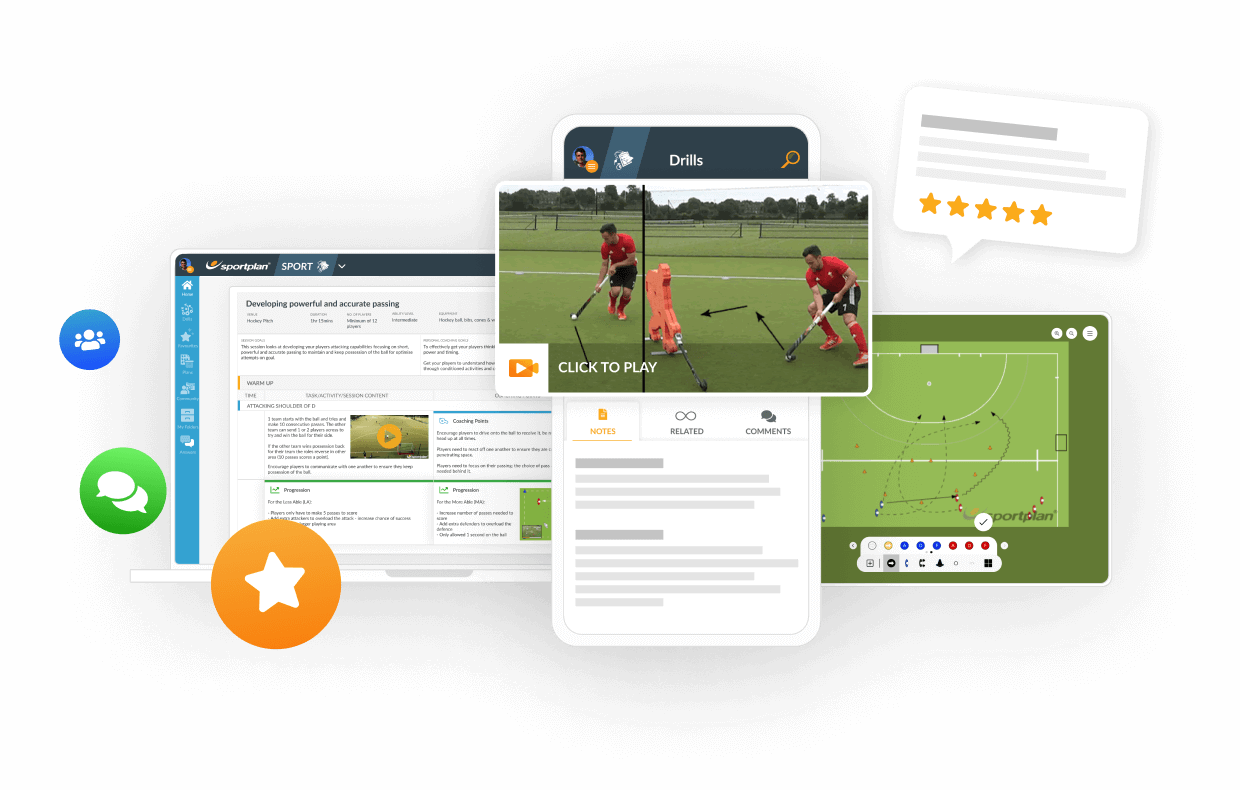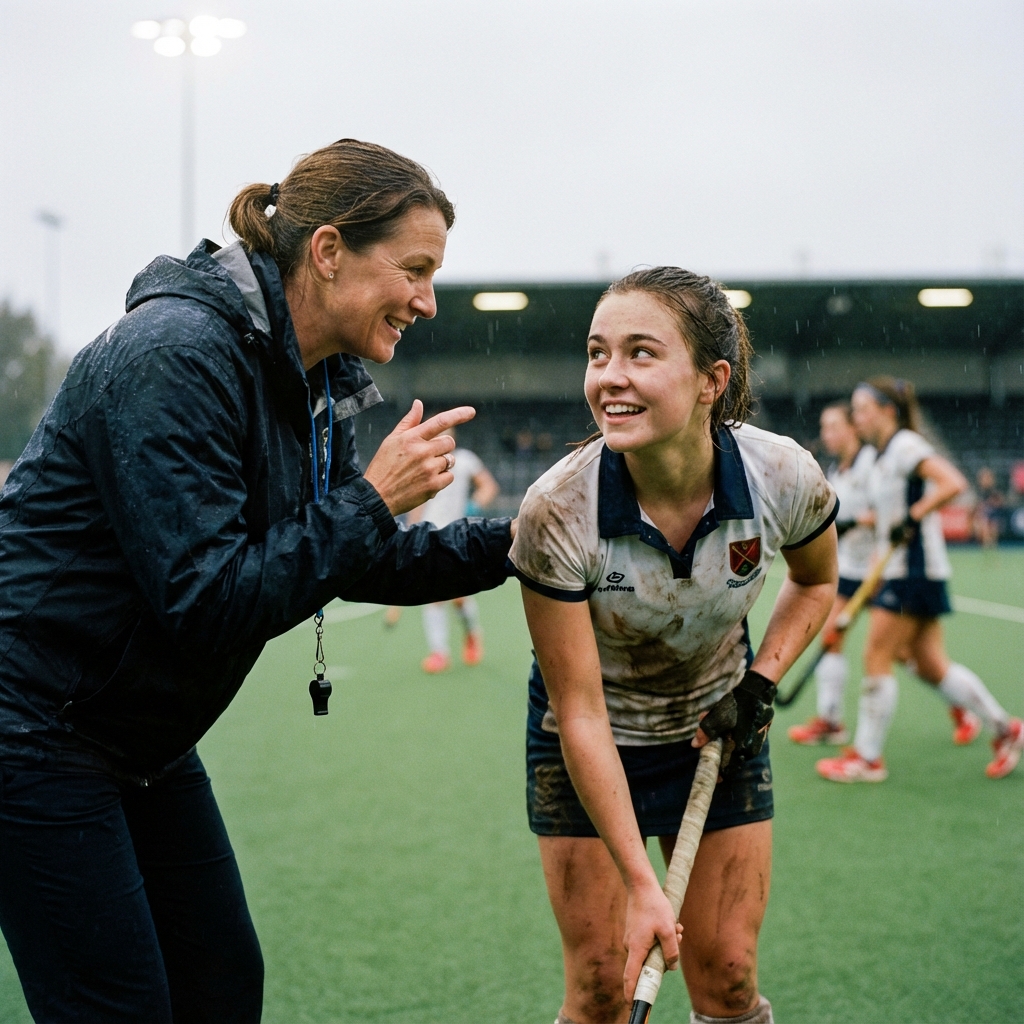Alternate / complementary formation suggestions to 4-3-3?
Hi, last season after asking here, we played the 4-3-3 formation. We took the field in this formation and played the whole game this way. This worked really well for us last season, we got promoted and finished 3rd in our new grade. However we came unstuck in the semi finals where the team we were playing identified what we were doing and played the same formation against us in the second half, leaving us unable to make any inroads for the remainder of the game.Our team is from a small school, made up of year 7-13 boys playing against larger schools of year 9-13 boys, though i would guess we played against teams at the older end of the range. We can't match others teams in age & size or depth of experience yet, so we must play smarter.What are possible alternative formations and how would the team identify the need to switch between formations?David Smith





Hi David,
Our team used to switch between the 4-3-3 and 3-4-3 (Diamond) formation.
Add one of your centre backs to the midfield at the back of the diamond shape and move your centre midfielder forward. Having an extra player in the midfield will cause an overload on the opposition (if they switch to 4-3-3 against you). Overloading the midfield will allow you to have more possession and allow you to control the pace of the game.
One weakness of this formation is that you are left 3 on 3 in defence but so long as your players up the pitch work back it shouldn`t be a problem.
You should switch to this formation if you start to find it difficult to move the ball forward and if you think the opposition are dominating the midfield.
Hi David,
Our team used to switch between the 4-3-3 and 3-4-3 (Diamond) formation.
Add one of your centre backs to the midfield at the back of the diamond shape and move your centre midfielder forward. Having an extra player in the midfield will cause an overload on the opposition (if they switch to 4-3-3 against you). Overloading the midfield will allow you to have more possession and allow you to control the pace of the game.
One weakness of this formation is that you are left 3 on 3 in defence but so long as your players up the pitch work back it shouldn`t be a problem.
You should switch to this formation if you start to find it difficult to move the ball forward and if you think the opposition are dominating the midfield.
It really depends on the age group and the skills you have at your disposal - at such a young age (7 years old) it may be unwise to create too complicated of a formation - better to let them develop their skills and work on their game (which should be your ultimate goal at that age, rather than winning).
However, as a basic, I find that plugging the lines between attack and midfield, as well as midfield and defence, is a good basic strategy for many teams still learning the game and formations. This allows coverage and players behind the ball when you lose it, as well as attacking options when going forward. It also means that you don`t get the huge gaps between lines that prevent defenders getting the ball out to the midfield, midfielders to the attack, etc.
For example, a 3-2-3-2 (or M-M as some like to call it) provides a solid foundation as well as plenty of support up and down the pitch. It is difficult to break down so can be useful against stronger opponents.
This formation requires 3 defenders (one central, one left back and one right back), 2 stoppers sat between the defence and midfield (to mop up and attacks coming through and to give the defence outlets), 3 midfielders (one central, one left, one right) and then two forwards (either side-by-side or one high and one deeper to create a chain from midfield to attack).
Note: You can also invert the rear line and the stoppers to create a W-M formation.

3-2-3-2 (MM) formation
This drill has no description.
3-2-3-2 (MM) formation
This drill has no description.
















